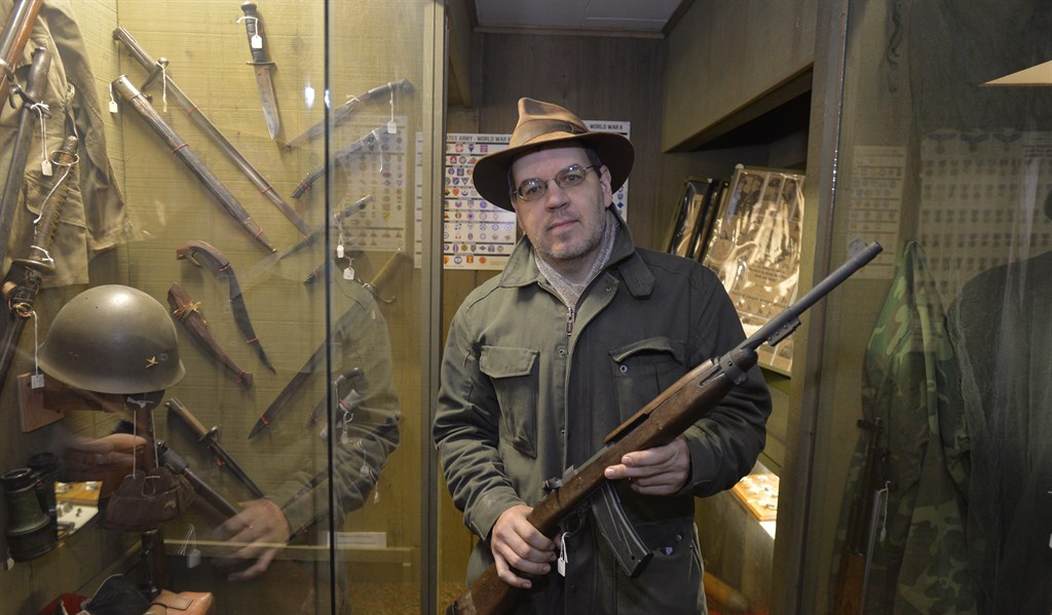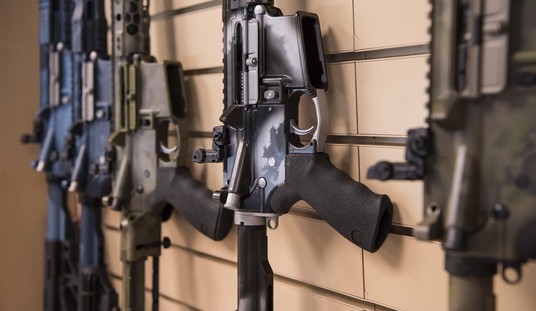Author Stephen Hunter is best known for his Bob Lee Swagger books. He was also a film critic for the Washington Post until he retired in 2008.
While he writes thrillers, his career might make you think he’s anti-gun.
Well, he’s apparently not. In fact, he made a very good point about guns and massacres.
Possibly you’re old enough to remember the great massacre spree of 1964? Classrooms shot up, strip malls decimated, scout troops blown away, fast food restaurants turned into mortuaries.
And all because, in its infinite stupidity, the U.S. government dumped 240,000 high-capacity .30 caliber assault rifles into an otherwise innocent America.
The weapons clearly had a demon-spirit to them. Compared to anything else in the market, they had that murder-most-easy look. One glance at the sinister gleam of the walnut stock which caressed the military-gray receiver and barrel of the weapon, its magazine wickedly boasting of many cartridges ready and waiting, its photo- and Hollywood associations with war, and some went screwball. They had the overwhelming desire to use it as it was meant to be used. It was not powerful enough for deer and not accurate enough for vermin. It existed only to kill human beings.
Except there was no massacre spree of 1964, despite the fact that in 1963 the United States Army surplussed 240,000 M1 carbines via the NRA. They were available through the mail at $20. Not an NRA member? Eighty bucks, then, from any sporting goods store. Denver’s Dave Cook’s–“Guns Galore at Prices to Score”– had them by mail order, magazine and sling included, postage, $1.25.
The M1 carbine was a semi-automatic rifle with a detachable magazine that could fire pretty much as fast as an AR-15 and used a much larger round, from a pure diameter standpoint.
It was a recipe for disaster by today’s standard and yet, nothing. Not a single mass shooting with such weapons.
Hunter goes on to point out that in the summer of 1964, there were tons of inexpensive semi-automatic, magazine-fed rifles on the open market that could be mailed right to you, but there weren’t people like the Buffalo or Uvalde shooters.
It’s a very valid point and a great example of how the problem isn’t the availability of firearms. They were easier to acquire in 1964 than they are today and they were just as deadly. They could be discharged at a high rate of fire, too.
These were actual weapons of war, even, not something that just looks like one.
And yet, as Hunter notes, no massacres. No school shootings. None of the things we’re told result from “easy” access to firearms.
That suggests strongly that the problem here is something else, something else entirely. We, as a society, would be better off if we could stop blaming guns for five minutes and start looking deeper into why this is happening and why this continues to be an issue.
Yet that’s apparently not allowed by some in our world. They’ve got a vested interest in blaming the guns rather than in solving the actual problem.
Part of that, of course, is also blaming others for not agreeing that guns are the problem despite clear evidence that they’re not.






Join the conversation as a VIP Member